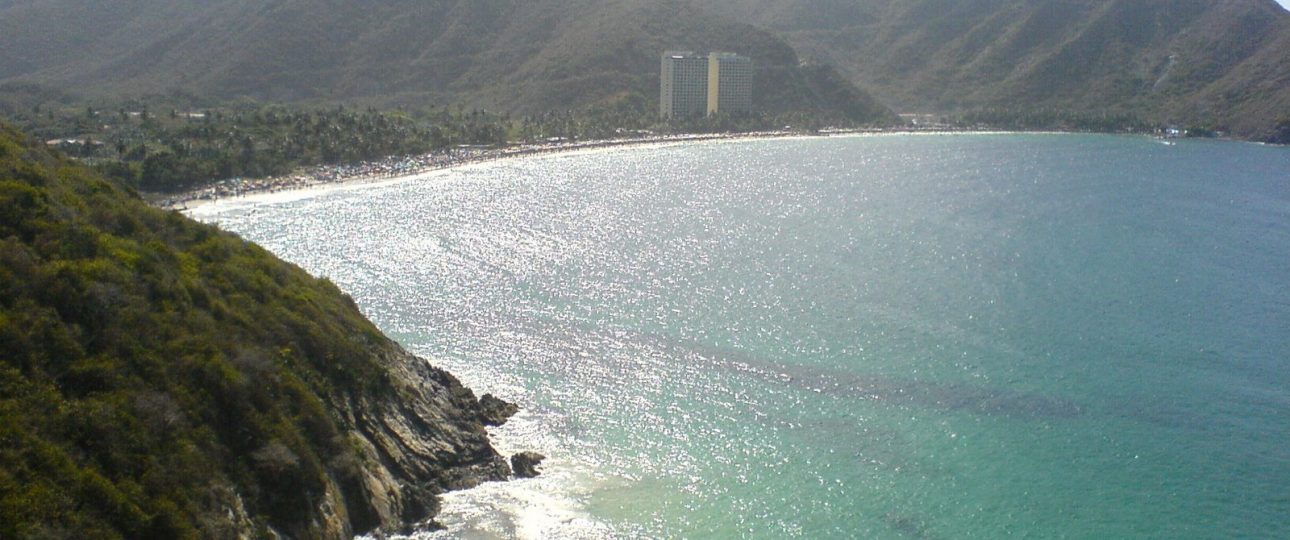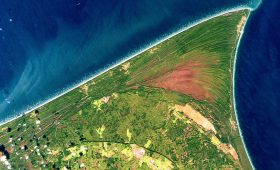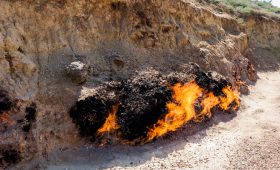Bahía de Cata: Exploring Venezuela’s Coastal Beauty
Discovering Bahía de Cata
Bahía de Cata, located in the Aragua state of Venezuela, offers a stunning coastal experience with its expansive beach, fine sand, and clear waters. This beach is adorned with coconut trees, providing natural shade and a picturesque setting. Although it has become a popular spot, it still retains a sense of tranquility, making it an ideal destination for those looking to unwind away from bustling city life.
Natural Wonders
The beach at Bahía de Cata is a visual delight, with turquoise waters meeting white sands. The surrounding landscape is dominated by lush green mountains, offering a striking contrast and a serene backdrop. This harmony of land and sea creates a perfect setting for relaxation and exploration.
Unique Wildlife
For those interested in marine life, Bahía de Cata provides opportunities for snorkeling and scuba diving. The vibrant underwater ecosystem includes colorful coral reefs and a variety of marine species. While sightings of sea turtles and dolphins are common, encountering a whale shark would be a rare and memorable experience.
Best Time to Visit
The ideal time to visit Bahía de Cata is during the dry season, from December to April. During these months, the weather is warm with minimal rainfall, perfect for enjoying the beach and engaging in water activities.
How to Get There
To reach Bahía de Cata, fly into Simón Bolívar International Airport in Caracas. From there, you can rent a car or take a bus to Maracay, which is approximately 53 kilometers away from Bahía de Cata. The journey from Maracay to the beach takes you through scenic routes, offering views of the Venezuelan landscape.
Local Transportation
Once in Bahía de Cata, the best way to explore is on foot or by bicycle. The area is compact and easily navigable, allowing you to enjoy the local scenery and coastline at your own pace. Renting a bicycle is a popular choice for tourists seeking an eco-friendly mode of transportation.
Practical Travel Tips
- Pack essentials like sunscreen, a hat, and sunglasses to protect against the sun.
- Bring a reusable water bottle to stay hydrated and reduce plastic waste.
- Sample the local cuisine, particularly the fresh seafood dishes that the area is known for.
- Engage with the locals, who are friendly and often willing to share stories and recommendations.
- Respect the environment by not littering and adhering to any rules in protected areas.
- English is not widely spoken, so learning a few basic Spanish phrases can be helpful.




